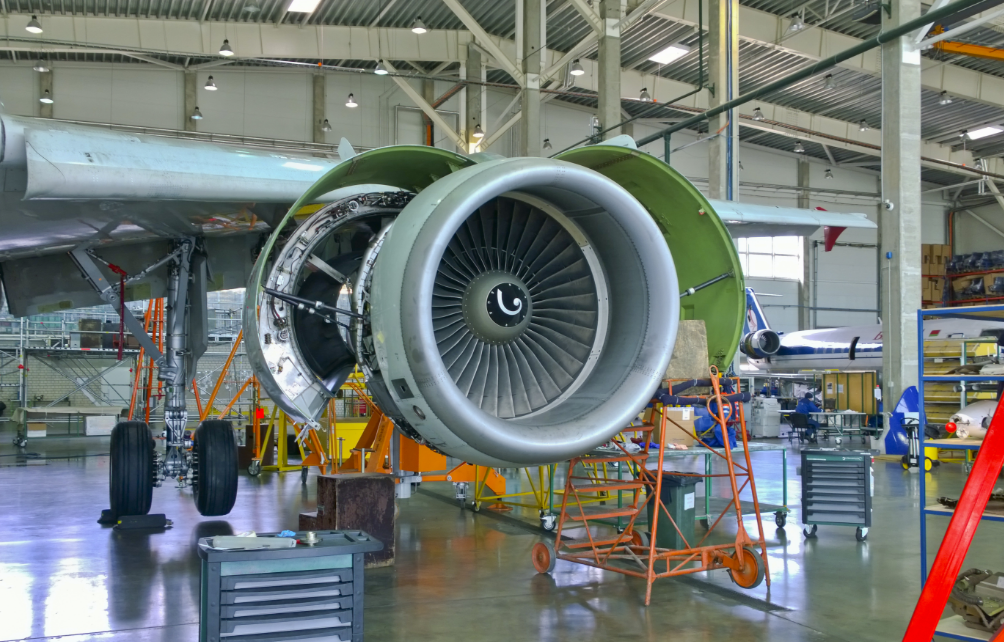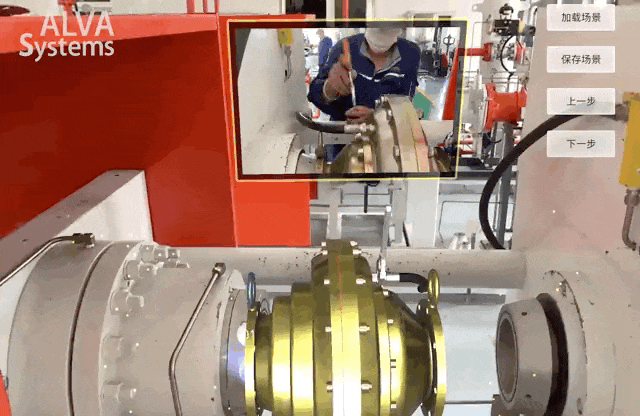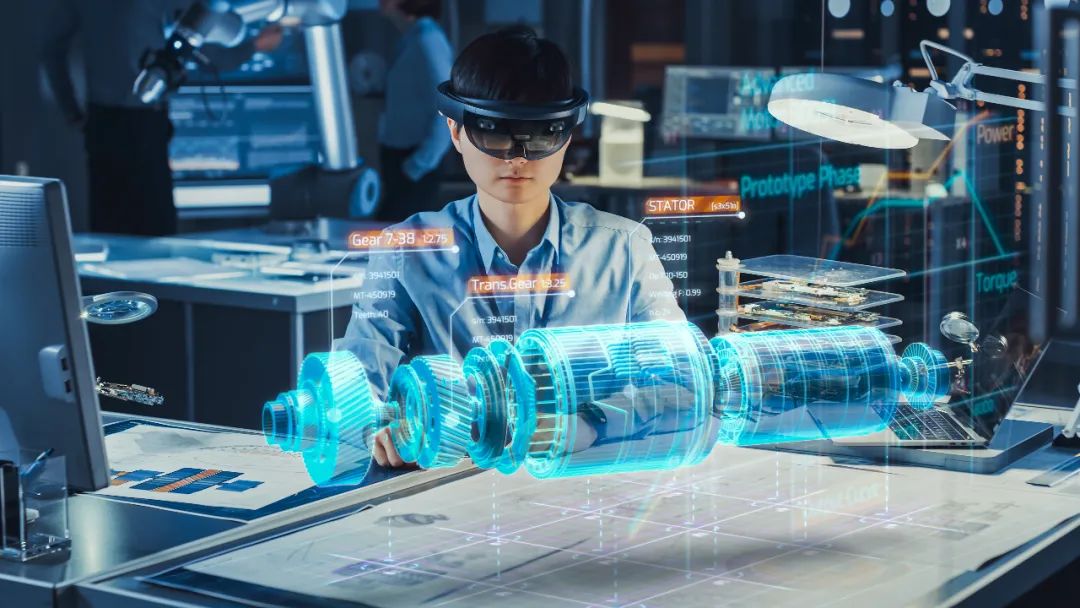ALVA Rainbow
Next-generation enterprise real-time remote guidance platform based on AR technology

*图源:包图网
Project Background
Multidisciplinary & Lengthy Processes
Integrating scientific research, incubation, and verification, the cooperative institute in this case study has undertaken the full process of equipment development and engineering verification. Its pain points are also quite representative:
Given the context outlined above, the challenges faced by the cooperative institute in this case study can be understood as follows:
Rich Knowledge Resource Reservoir: The institute has an abundant storage of data and documents. However, the vast amount of information makes filtering, retrieval, and matching processes less agile. There is a need for a system that can handle large volumes of data efficiently and provide quick access to the necessary information.
Multidisciplinary and Multiprocess Integration: The collaboration involves multiple disciplines and processes, which can lead to inefficiencies in cross-departmental and cross-process teamwork. An integrated approach would be required to streamline communication and improve the synergy between different teams.
Frequent Testing and Validation: The institute carries out continuous testing and validation, and the long process chains make it difficult to quickly align data changes and adjustments. A mechanism for rapid data sharing and real-time updates would be beneficial to keep all stakeholders informed and in sync.
Equipment Production and Manual Operations: Currently, equipment production and manual operations are independent of each other, lacking effective human-machine collaboration. The development of a system that enhances the interaction between human operators and machines would optimize workflow and productivity.
To align with the needs of rapid research and development and iterative processes, both human personnel and human-machine collaboration require more agile methods to improve efficiency and effectiveness across different stages.

For this, ALVA has joined forces with an aeronautical institute to create the AiR Augmented Reality human-machine collaboration platform, integrating data and resources from different information platforms, and achieving highly efficient human-machine collaboration through a more unified and intuitive data presentation method.
Solution
Independent Autonomy & Mutual Collaboration

The AiR Augmented Reality human-machine collaboration platform combines machine vision and AR applications, adopting a microservices architecture overall, which can independently expand specific services according to different needs.
At the same time, the different services of the platform can be developed, deployed, maintained, and upgraded independently, following the principles of mutual collaboration and independent autonomy.
AR Visualized Assembly Operations

*点击图片查看更多内容

The AR guidance content overlaid on real equipment not only eliminates the hassle of repeatedly consulting reference materials but also greatly reduces the risks and efficiency issues associated with inexperienced personnel, significantly improving assembly efficiency and quality.
AR optical pointing and positioning

*点击图片查看更多内容

*图源:站酷海洛
Moreover, the AiR Augmented Reality human-machine collaboration platform supports the collection and monitoring of full-process operations, provides timely feedback on abnormal issues, and enables remote support with just one click. It constructs a multi-dimensional and comprehensive digital knowledge repository, which serves as a practical reference for the optimization and iteration of processes and workflows, thus realizing a closed-loop of value.
Project Outcomes
Efficiency Enhancement & Value Extension

At the same time, more user-friendly content processing and creation tools make the expansion of points and resources more convenient. By independently creating and adjusting assembly content, the institute has opened up cross-departmental collaborative links, ensuring data security while allowing for agile iterations.
Furthermore, with the flexible and scalable characteristics of the platform, the institute is currently combining its digital capabilities to explore more application scenarios and functions, aiming to further leverage the value of data.
Riding the wave of rapid development in China's aerospace and defense equipment, AiR-related technologies also find fertile ground in advanced manufacturing, where they can play to their strengths.
Not confined to research and validation, ALVA Systems has currently deepened cooperation with many enterprises in the aviation industry. By empowering various aspects such as production and manufacturing through the AiR Augmented Reality human-machine collaboration platform, it realizes the continued value of digital transformation.